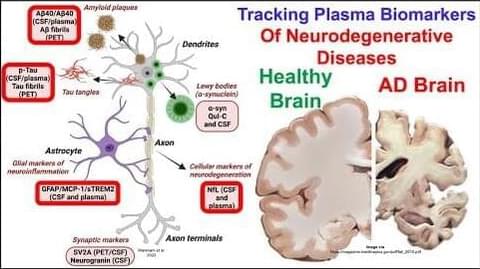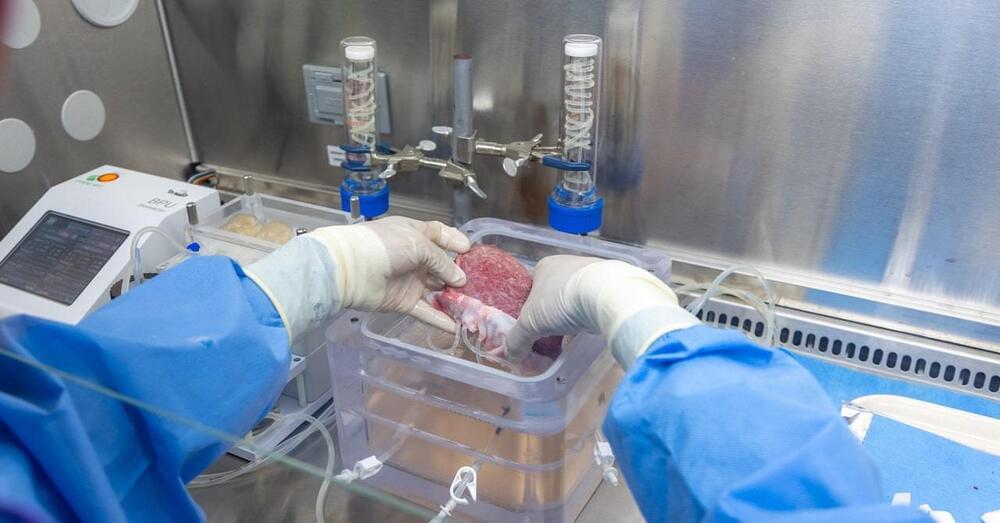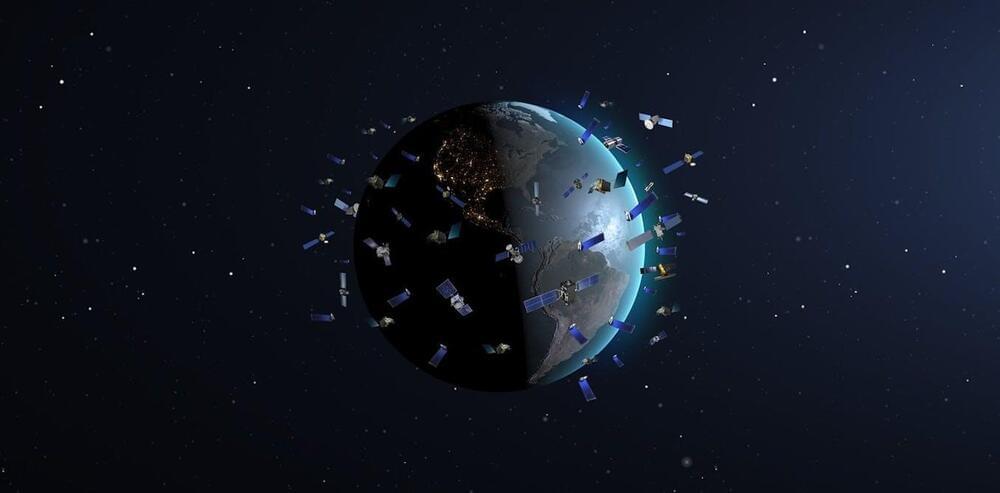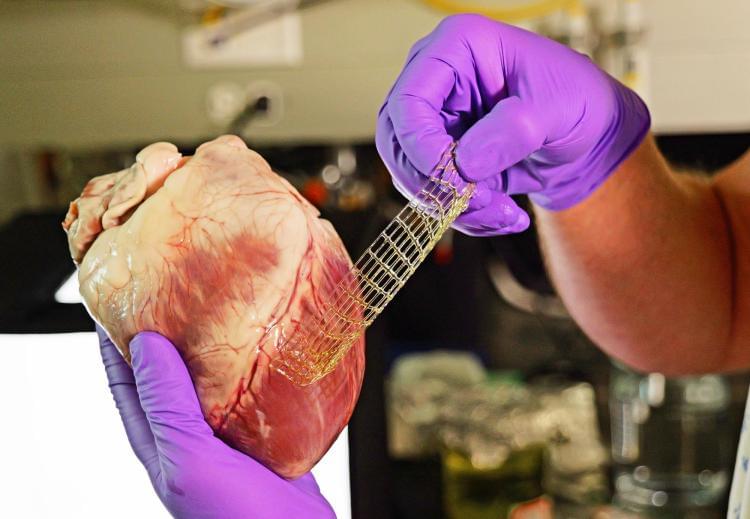Page 64
Aug 25, 2024
The Next Frontier for mRNA Could Be Healing Damaged Organs
Posted by Dan Kummer in category: biotech/medical
Researchers are testing the use of mRNA to get damaged livers to repair themselves, in a move that could one day lessen the need for organ transplants.
Aug 25, 2024
This AI Learns Continuously From New Experiences—Without Forgetting Its Past
Posted by Dan Kummer in categories: information science, robotics/AI
Algorithms like OpenAI’s GPT-4 are like brains frozen in time. A new study shows how future AIs could learn continuously in response to a changing world.
I argue for a pattern theory of self as a useful way to organize an interdisciplinary approach to discussions of what constitutes a self. According to the pattern theory, a self is constituted by a number of characteristic features or aspects that may include minimal embodied, minimal experiential, affective, intersubjective, psychological/cognitive, narrative, extended, and situated aspects. A pattern theory of self helps to clarify various interpretations of self as compatible or commensurable instead of thinking them in opposition, and it helps to show how various aspects of self may be related across certain dimensions. I also suggest that a pattern theory of self can help to adjudicate (or at least map the differences) between the idea that the self correlates to self-referential processing in the cortical midline structures of the brain and other narrower or wider conceptions of self.
Keywords: self, pattern theory, cortical midline structures, first-person perspective.

Dr. Joscha Bach introduces a surprising idea called “cyber animism” in his AGI-24 talk — the notion that nature might be full of self-organizing software age…
Aug 25, 2024
Space missions are getting more complex − lessons from Amazon and FedEx can inform satellite and spacecraft management in orbit
Posted by Genevieve Klien in categories: energy, space
Logistics companies on the ground solve similar problems every day and transport goods and commodities across the globe. So, researchers can study how these companies manage their logistics to help space companies and agencies figure out how to successfully plan their mission operations.
One NASA-funded study in the early 2000s had an idea for simulating space logistics operations. These researchers viewed orbits or planets as cities and the trajectories connecting them as routes. They also viewed the payload, consumables, fuel and other items to transport as commodities.
This approach helped them reframe the space mission problem as a commodity flow problem – a type of question that ground logistics companies work on all the time.
Aug 25, 2024
Can Supercooled Phase Transitions Explain the Gravitational Wave Background Observed by Pulsar Timing Arrays?
Posted by Dan Breeden in categories: cosmology, physics
Several pulsar timing array collaborations recently reported evidence of a stochastic gravitational wave background (SGWB) at nHz frequencies. While the SGWB could originate from the merger of supermassive black holes, it could be a signature of new physics near the 100 MeV scale. Supercooled first-order phase transitions (FOPTs) that end at the 100 MeV scale are intriguing explanations, because they could connect the nHz signal to new physics at the electroweak scale or beyond. Here, however, we provide a clear demonstration that it is not simple to create a nHz signal from a supercooled phase transition, due to two crucial issues that could rule out many proposed supercooled explanations and should be checked. As an example, we use a model based on nonlinearly realized electroweak symmetry that has been cited as evidence for a supercooled explanation.
Aug 25, 2024
Astronomers use AI to find Elusive Stars ‘Gobbling up’ Planets
Posted by Natalie Chan in categories: robotics/AI, space
Astronomers have recently found hundreds of “polluted” white dwarf stars in our home galaxy, the Milky Way. These are white dwarfs caught actively consuming planets in their orbit. They are a valuable resource for studying the interiors of these distant, demolished planets. They are also difficult to find.
Historically, astronomers have had to manually review mountains of survey data for signs of these stars. Follow-up observations would then prove or refute their suspicions.
By using a novel form of artificial intelligence, called manifold learning, a team led by University of Texas at Austin graduate student Malia Kao has accelerated the process, leading to a 99% success rate in identification. The findings were published July 31 in The Astrophysical Journal.
Aug 25, 2024
A Band-Aid for the Heart? New 3D Printing Method makes this, and much more, possible
Posted by Natalie Chan in categories: 3D printing, biotech/medical
In the quest to develop life-like materials to replace and repair human body parts, scientists face a formidable challenge: Real tissues are often both strong and stretchable and vary in shape and size.
A CU Boulder-led team, in collaboration with researchers at the University of Pennsylvania, has taken a critical step toward cracking that code. They’ve developed a new way to 3D print material that is at once elastic enough to withstand a heart’s persistent beating, tough enough to endure the crushing load placed on joints, and easily shapable to fit a patient’s unique defects.
Better yet, it sticks easily to wet tissue.
Aug 25, 2024
Kynurenine/Tryptophan Is Associated With Biomarkers Of Neurodegenerative Disease
Posted by Mike Lustgarten in categories: biotech/medical, media & arts, neuroscience

Enjoy the videos and music you love, upload original content, and share it all with friends, family, and the world on YouTube.
















